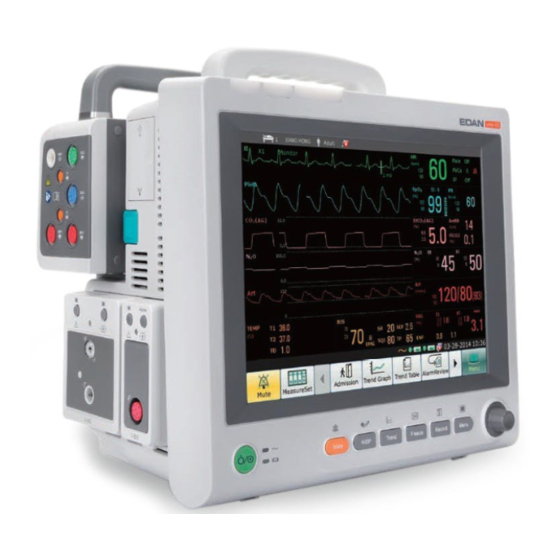
Table of Contents
Advertisement
Quick Links
EDAN Agile PLM Electronic Signature Information
--Signatures related to this document and performed in EDAN Agile PLM.
文件名称:elite V5 V6 V8 说明书_英文
文件编号:01.54.456341
版本:1.9
产品型号:elite V5;elite V6;V8
项目编码(Project Code):2718I000
签批信息:
作者 : 陈 艳娟 (chenyanjuan)
2018-09-29 16:54:31
审核人 : 史 洪华 (shihonghua)
2018-09-30 15:15:44
审核人 : 韦 华彪 (weihuabiao)
2018-10-08 11:31:01
审核人 : 王 敏 (wangmin)
2018-09-30 13:34:56
审核人 : 王 红春 (wanghongchun)
2018-10-08 12:00:28
批准人 : 夏 欢欢 (xiahuanhuan)
2018-10-09 09:37:31
批准人 : 陈 浩杰 (chenhaojie)
2018-10-08 14:37:00
版权©深圳市理邦精密仪器股份有限公司 (Copyright©Edan Instrument,Inc.)
Advertisement
Table of Contents

















Need help?
Do you have a question about the elite V5 and is the answer not in the manual?
Questions and answers